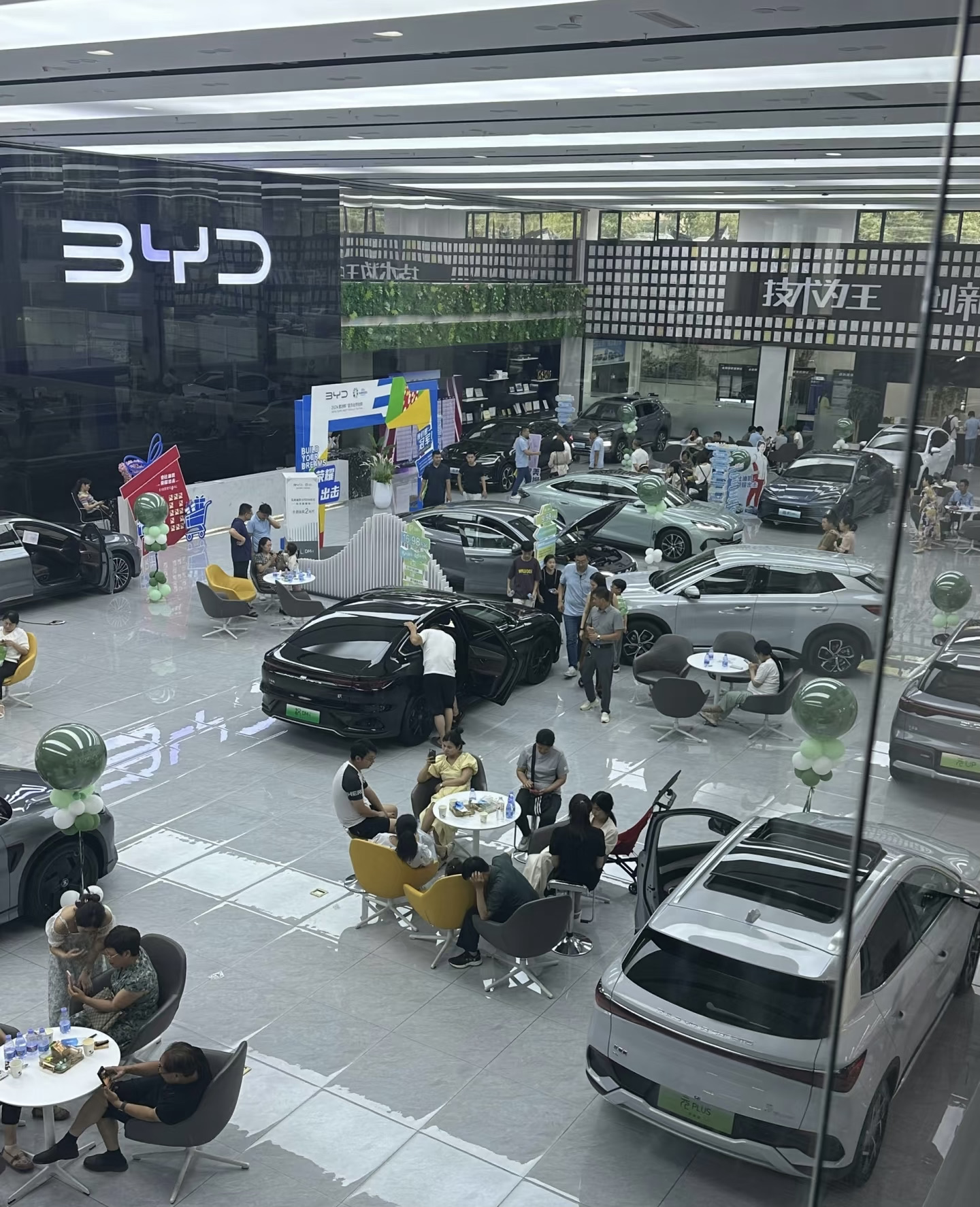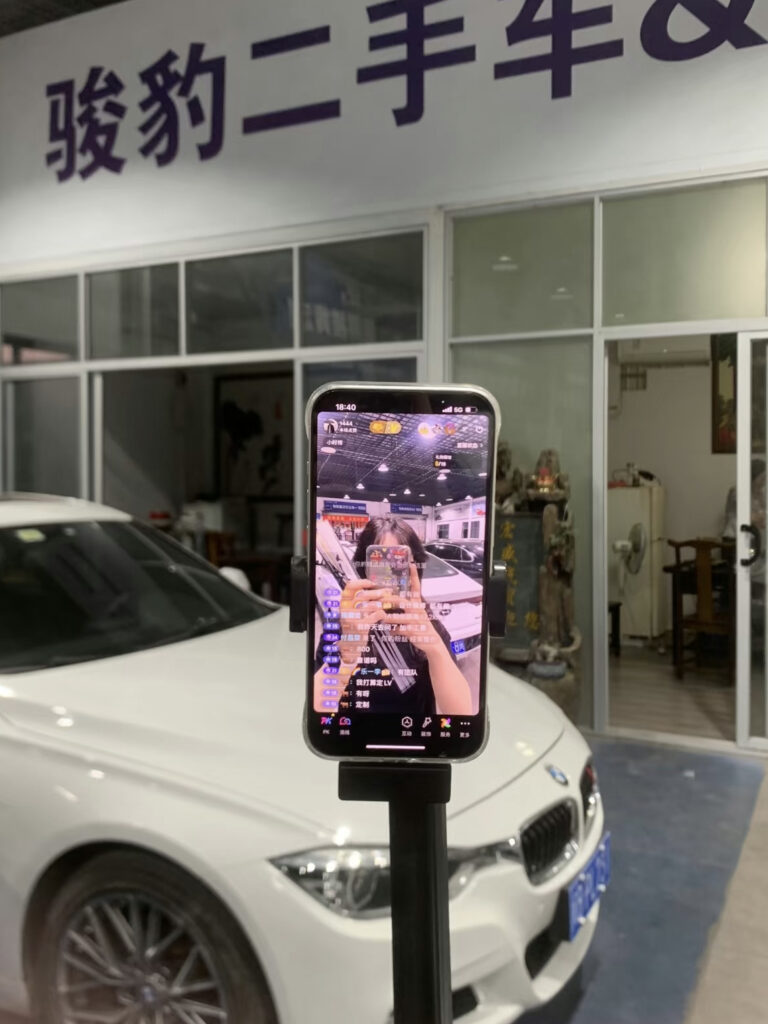China has remained the world’s largest automotive manufacturing country and automotive market since 2009. In 2024, around 27.6 million passenger cars and 3.87 million commercial vehicles are expected to be sold in China. Vehicle sales in the country were expected to regain growth after 2021, following the COVID-19 pandemic, during which it experienced three consecutive years of decline. China’s automotive market produced a total of 31.2 million vehicles in 2024, including passenger cars, commercial vehicles, trucks, and buses, while 10.6 million vehicles were produced in the United States. Government trade-in program, subsidies, and strong internal demand for EVs had pushed the sales volume of automotives by 9.2% year-on-year during the first half of 2025.
Consumers between 31 and 40 years old account for the largest group of car buyers in China
Despite the huge number of vehicles produced, the number of Chinese drivers is even bigger. In 2024, China had over 506 million drivers, and over the past two decades, China had an average of 21 million new motor vehicle drivers registered annually.
Since 2011, obtaining a car has become more difficult in China, in part due to the implementation of the car plate lottery. Most big cities have implemented this initiative to reduce the number of cars on the streets, releasing a limited number of license plates per year. Those aged 21 to 30 accounted for 27% of car buyers in China in 2022, up from 16% in 2017. This is due to a shift in priority towards technology and a growing interest in environmentally friendly transportation. However, car buyers from 31 to 40 years old still constitute the largest group, totaling 40% in 2022. Another change in the demographics of car buyers is the increase in female consumers since 2018.
Carmakers are targeting younger buyers with sleek onboard features, lower monthly installments, and tech innovations like voice command. For example, the average age of Mercedes-Benz car owners in China is less than 36 years old, which is 10-15 years younger than its customers based in Europe and the United States.
Chinese car brands ascend: top players and government policies
Chinese carmakers held 65% of the domestic market in 2024, and 5.9 million vehicles were exported, including one million battery-electric cars. The largest car exporters from China in 2024 were Chery and Shanghai Automotive Industry Corporation (SAIC), with 1.1 million and 929 thousand exports each. Despite this, BYD was the leading brand in revenue, generating a total of RMB 777.1 billion (USD 107.3 billion) just in China. It surpassed Tesla in annual sales of electric vehicles.
Over the past two decades, China has emerged as a dominant global automotive power through industry policies and subsidies that have accelerated EV adoption. To counteract the urban air pollution and dependence on oil imports, the Chinese government has imposed policies to encourage the purchase of EVs. Since buying an EV costs more than a conventional combustion engine (ICE) vehicle, in 2009, the government began to provide subsidies for EV purchases. The reason for EV prices being higher is due to the high cost of the batteries, and with this mandate, there has been an increase in the manufacture of EVs and batteries for them, driving down the cost of both globally. EVs already account for 51% of new passenger cars sold in China since July 2024.

Western players in China struggle to keep up with Chinese automakers
Since 2022, China has permitted full foreign ownership of automakers. Previously, foreign automakers were only allowed to own up to 50% of a vehicle manufacturer, forcing them to create joint ventures with local partners, such as SAIC Volkswagen.
Chinese car manufacturers are able to embrace new technological paradigms in different ways. For instance, vertically integrating their supply base, responding quickly to market demands, and forging government partnerships. For example, companies like BYD manufacture their own batteries and components, lowering production costs and speeding up time to market. Chinese EV firms are also actively innovating new products, shortening development cycles by 30% compared to Western automotive companies. China’s central and local governments are also actively supporting EV expansion through five-year plans, subsidies, and infrastructure investments, ultimately reducing the barriers to EV adoption.
The Chinese secondhand car market shows stabilization after years of decrease
China’s automotive market sales for lightly used secondhand cars totaled 1.3 million as of April 2025. In 2024, sales of secondhand vehicles reached a record high of 15.7 million units, which is a 6.1% increase compared to 2023. However, despite the growth in annual sales, the market faced significant challenges in early 2023 when Tesla slashed its prices in China, triggering a wave of price cuts across the entire automotive market. This shift drew customers away from used cars towards newly discounted cars instead due to pricing changes.
Another factor contributing to the decline of used car sales is the increase in market transparency. Historically, secondhand car dealers profited from information asymmetry, and dealers were able to exaggerate the scarcity of cars to justify high prices. However, with the rise of the internet, consumers can easily compare prices across platforms, which leads to more intense market competition among used car dealers. To cope with this change, many used car dealers are turning to online channels as a way to attract customers. Dealers have found that online sales can account for up to 70-90% of their total transactions, and as online traffic becomes more concentrated, traditional methods are becoming less effective. These changes mean that dealers must continue innovating to sustain growth in the face of heightened competition and shifting consumer preferences.

China’s automotive market: a flourishing market full of opportunities and innovation
- China has remained the world’s largest automotive manufacturing country and automotive market since 2009.
- Despite the high number of vehicles produced, obtaining a car in China can be difficult due to factors like high registration fees and the car plate lottery.
- Chinese consumers tend to be older, with those aged 31-40 accounting for the largest share of drivers, although the number of younger car owners is rising.
- Chinese carmakers like SAIC and BYD are gaining ground on established Western car companies, with BYD being the undisputed leader in the Chinese EV market.
- China’s secondhand cars totaled 1.3 million as of April 2025, reaching a record high despite the decline in previous years.





